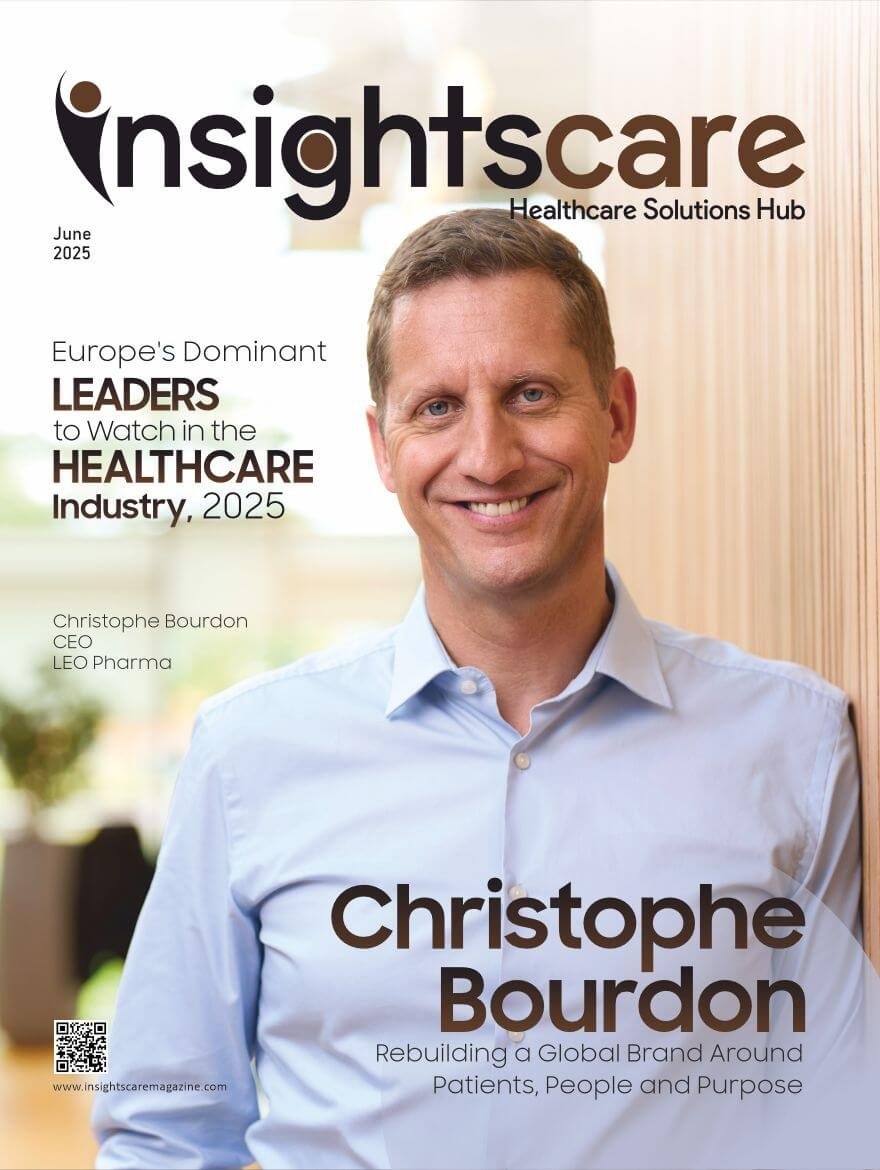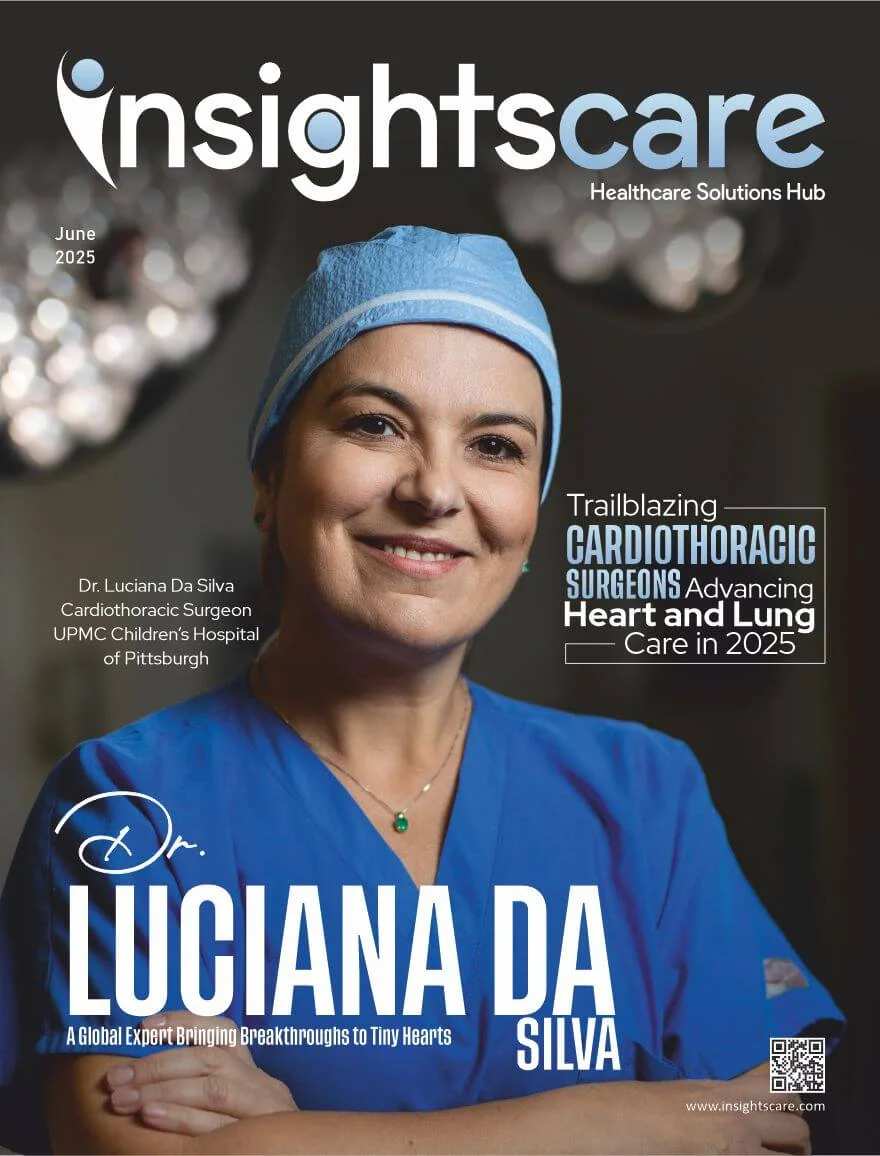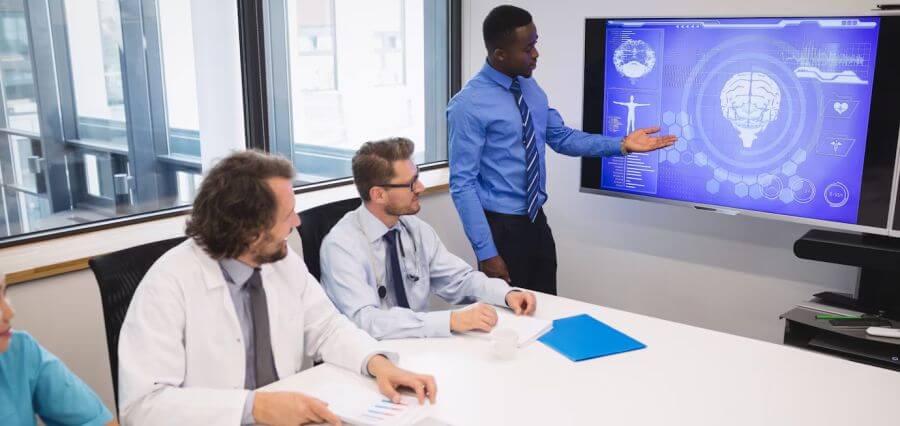The healthcare landscape is changing rapidly, and keeping up with efficiency and accuracy is paramount. As healthcare centers face growing patient loads, stricter regulations, and a growing desire for personalized care, technology becomes their strongest ally.
Implementing advanced tools isn’t just about staying trendy; it’s about revolutionizing healthcare management to optimize both patient care and operational efficiency.
The US healthcare industry is booming, projected to reach a staggering $6 trillion by 2026. This presents a golden opportunity for those who embrace digital solutions. By incorporating these tools, you can attract new patients, streamline workflows for your staff, improve your financial performance, and deliver exceptional patient care.
This article explores six groundbreaking tech tools leading this transformation. Each tool represents a significant advancement in healthcare operations, offering unique solutions to common challenges.
Electronic Health Records (EHR) Systems
Electronic Health Records (EHRs) are transforming how healthcare centers handle patient information. These digital systems offer a centralized and streamlined approach, replacing clunky paper records with real-time access to patient histories, treatment plans, and test results. This shift not only ensures more accurate information but also significantly boosts efficiency within healthcare facilities.
Data from Media.us shows over 90% of US hospitals embraced EHRs by 2021, highlighting their critical role in modern healthcare. Benefits are evident in both patient care and operational efficiency. A recent survey revealed that 85% of healthcare providers believe EHRs improve patient care. This is likely due to faster access and sharing of information, leading to better-informed decisions and coordinated care for patients.
EHRs also empower healthcare providers. Roughly 75% of users report faster access to patient information, streamlining workflows and reducing administrative burdens. By minimizing manual record-keeping and facilitating data exchange across departments, EHRs drive efficiency, and ultimately, better patient outcomes.
What key factors should healthcare providers prioritize when selecting an EHR system?
The system should be proficient in handling patient information and seamlessly integrating with other external systems. Additionally, they must offer advanced analytics for informed decisions and robust security to protect sensitive information.
Telemedicine Platforms
The healthcare field is experiencing significant changes due to the rise of telemedicine platforms. These digital solutions enable patients to consult with healthcare providers through video calls and secure messaging, making remote care more accessible.
It’s evident that telemedicine is rapidly gaining popularity. A JAMA study shows a significant rise in virtual care adoption, with 20% to 39% of adults seeking it between 2021 and 2022. This trend is fueled by strong patient preference, as surveys show that 36% to 67% of patients desire continued access to telemedicine services.
These platforms enhance accessibility and convenience, allowing patients to receive care without visiting a healthcare facility. This streamlines operations and expands reach in today’s healthcare centers.
Patient Scheduling and Management Software
Patient scheduling and management software is becoming an essential tool for healthcare centers, transforming the way they manage appointments and patient flow. This technology acts as a digital hub, simplifying the scheduling process, streamlining administrative tasks, and optimizing operational efficiency.
The market for patient scheduling software is booming, reflecting its growing importance. According to Data Bridge Market Research, the market for patient scheduling software was valued at USD 319.3 million in 2021. It is projected to surge to USD 524.21 million by 2029. This translates to a compound annual growth rate (CAGR) of 4.61% from 2022 to 2029.
This significant growth highlights the increasing adoption of these systems by healthcare centers eager to enhance efficiency and improve patient experience. By automating scheduling and reducing manual errors, patient scheduling software helps optimize resource allocation and streamline operations.
Visitor Management Systems
According to Greetly, visitor management systems are crucial for improving security and optimizing visitor interactions in healthcare facilities. These systems handle check-ins automatically, control visitor entry, and enforce safety compliance.
By replacing manual logs with digital solutions, visitor management systems improve efficiency and reduce the risk of errors. They also provide real-time monitoring and reporting capabilities, which are crucial for maintaining a secure environment.
As healthcare facilities increasingly prioritize security and operational efficiency, adopting a robust visitor management system becomes essential. This strategic move helps optimize both visitor experience and facility management.
Key benefits of a visitor management system include:
- Enhanced security: Instantaneous visitor registration, photo capture, and ID verification strengthen security protocols.
- Improved efficiency: Automated check-in and out processes save time for staff and visitors alike.
- Compliance adherence: Ensure compliance with safety regulations and HIPAA guidelines.
- Data-driven insights: Generate reports on visitor traffic, demographics, and peak times for operational optimization.
- Enhanced visitor experience: Provide a welcoming and professional first impression through a streamlined check-in process.
How do visitor management systems enhance security in healthcare centers?
Visitor management systems enhance security by verifying visitor identities, tracking their movement within the facility, and providing real-time alerts for unauthorized access. These systems also help maintain patient privacy by restricting visitor access to authorized areas.
Healthcare Analytics Tools
Healthcare analytics tools are transforming how healthcare centers manage and utilize data. By examining extensive clinical, operational, and financial data, these tools offer valuable insights that enhance decision-making and boost patient outcomes. They allow healthcare providers to spot trends, track performance, and improve resource management.
Healthcare analytics tools provide detailed reports and predictive analytics, supporting data-driven strategies that boost efficiency and effectiveness throughout a healthcare facility. As the demand for data-driven insights grows, these tools are becoming indispensable for modernizing operations and delivering high-quality care.
How can healthcare analytics tools be used to improve patient outcomes?
Healthcare analytics tools improve patient outcomes by identifying at-risk populations, optimizing treatment plans, predicting disease outbreaks, and reducing readmissions. Examining extensive patient data enables healthcare providers to make informed decisions that improve patient care and overall health outcomes.
Automated Inventory Management Systems
Automated inventory management systems play a vital role in streamlining supply chain operations in healthcare facilities. They employ sophisticated technology to monitor stock levels, handle orders, and accurately predict future needs. By automating routine processes and offering real-time information, these systems help reduce human errors, avoid stock shortages, and cut down on waste.
Automated inventory management systems help healthcare facilities maintain optimal stock levels, boosting efficiency and ensuring critical supplies are always available. As healthcare centers seek to streamline their operations, these systems offer a powerful solution for managing resources effectively and improving overall service delivery.
Embracing Technology for Enhanced Efficiency and Care
In today’s rapidly evolving healthcare landscape, embracing technology is essential for streamlining operations and enhancing patient care. These advancements enhance operational efficiency while also leading to improved patient experiences and outcomes.
As healthcare centers continue to adapt to new challenges and opportunities, leveraging these technologies will be crucial. This strategy will enable them to remain competitive and deliver top-notch care in a more complex healthcare landscape.
Read More: Click Here










